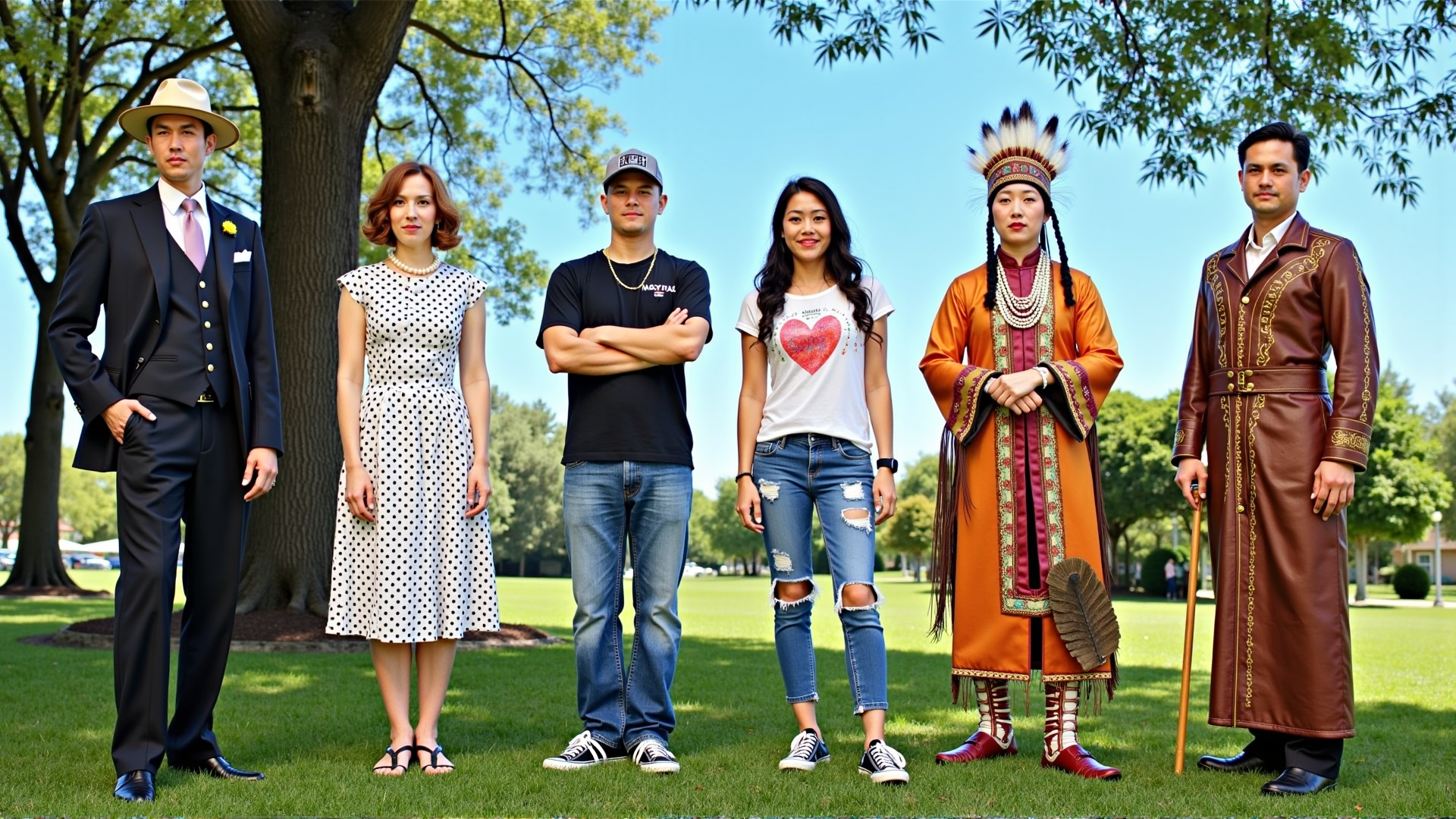The world of apparel is a fascinating amalgamation of history, culture, and technological innovation. The trends that we see in this field are more than just a reflection of current tastes—they are a representation of societal movements, technological advancements, and cultural shifts. With roots both deep and diverse, understanding how these trends emerge can offer a window into the world.
Historically, attire has always been a marker of societal status and cultural affiliation. In ancient civilizations, garments often indicated a person's standing within the community, with different fabrics and designs reserved for specific classes. As societies evolved, so did their attire, with new materials and techniques playing pivotal roles. For instance, the introduction of silk from China revolutionized attire in the West, leading to shifts in both the style and function of garments.
Culture immensely influences attire trends. Each region brings its own unique aesthetic that can affect global design narratives. For example, the vibrant hues and intricate patternwork of African prints have increasingly found their way into global fashion narratives, highlighting the beauty and diversity of African culture while challenging traditional fashion norms. Similarly, the minimalist elegance of Japanese design, characterized by clean lines and functional aesthetics, has made a substantial impact on contemporary styles worldwide.
Technology plays an indispensable role in shaping and propagating trends. The industrial revolution marked the beginning of mass production, which allowed for a broader dissemination of styles and designs. More recently, advancements in digital technology have fueled even greater changes. From 3D printing to wearable tech, technological innovations have expanded the possibilities, leading to garments that merge fashion with function in ways previously unimaginable. One need not look further than the rise of eco-friendly textiles and digitally-influenced designs to see how profoundly technology is reshaping the industry.
Social movements and global events also greatly influence attire trends. During times of economic hardship or global conflict, trends often shift towards utilitarian designs that emphasize durability and practicality. Conversely, in prosperous times, there tends to be a shift towards opulence and excess. The eco-conscious movement, driven by growing concerns about climate change, has inspired a significant trend towards sustainable and responsible attire, with a greater emphasis on materials and production methods that are environmentally friendly.
Today’s attire landscape is a blend of the traditional and contemporary, showcasing a deep respect for historical influences while simultaneously embracing modernity. Trends are more fluid than ever, reflecting a broader cultural acceptance of diversity and individuality. The focus has shifted towards personal expression, with individuals more inclined to embrace styles that reflect their unique identities rather than conforming to societal norms.
As we move forward, the evolution of apparel trends will likely continue to be a dialogue between history, culture, technology, and individuality. This intricate tapestry not only tells a story of where we've come from but also hints at where we're headed, providing insights into our collective future.
